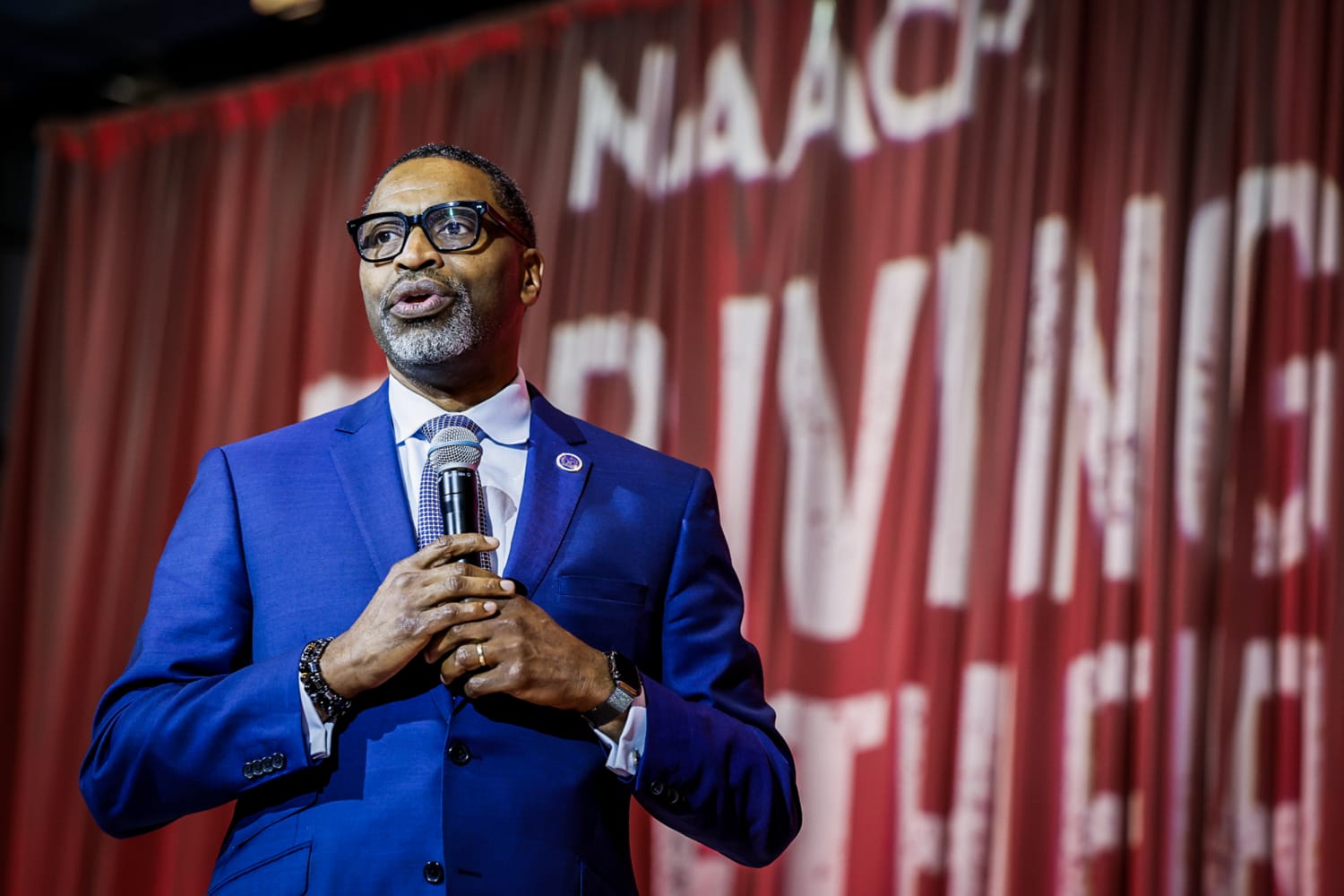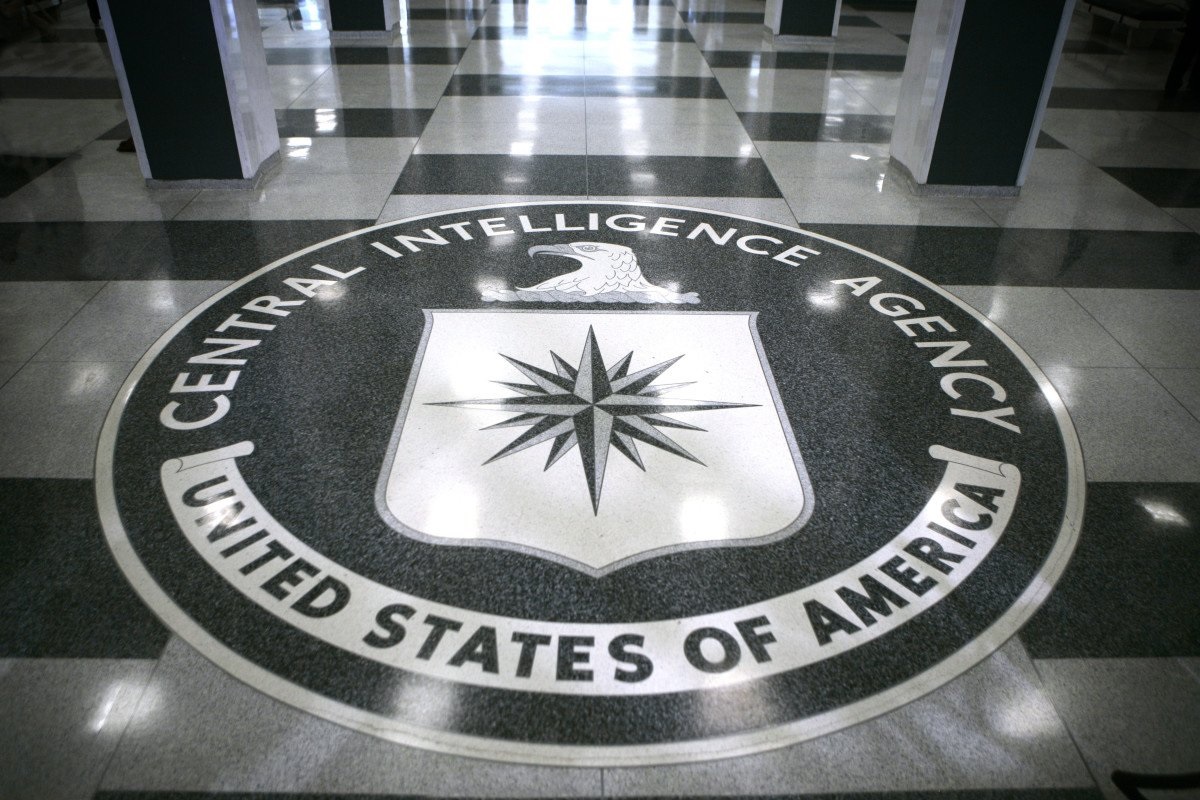
Ever wondered about the forces behind civil rights movements? Well, let's zero in on a powerhouse: the NAACP. Founded in 1909, this organization has been at the forefront of fighting for justice and equality. But, what makes it tick? From landmark legal victories to influential leaders who've shaped the course of history, the NAACP's story is not just inspiring; it's a testament to the power of collective action. Whether you're a history buff or just curious, understanding the NAACP's impact is like uncovering hidden chapters of American history. Ready to get the lowdown on some of the most fascinating facts about the NAACP? Let's dive in and discover what makes this organization a true champion for change.
What is the NAACP?
Founded in 1909, the National Association for the Advancement of Colored People (NAACP) stands as the oldest and largest civil rights organization in the United States. Its mission is to secure the political, educational, social, and economic equality of rights in order to eliminate race-based discrimination and ensure the health and well-being of all persons.
Early Beginnings and Founding Members
-
The NAACP was established in response to the ongoing violence against Black people around the country, particularly the 1908 race riot in Springfield, Illinois. This event highlighted the urgent need for an effective civil rights organization.
-
Among its founders were a diverse group of activists, both Black and white, including W.E.B. Du Bois, Ida B. Wells, Mary White Ovington, and Oswald Garrison Villard. Their collective efforts were aimed at creating a society where race would not dictate a person's life outcomes.
Key Achievements in Civil Rights
-
One of the NAACP's early victories was the Supreme Court case Guinn v. United States (1915), which struck down grandfather clause exemptions to literacy tests for voters. This was a significant step towards ensuring African Americans' right to vote.
-
Perhaps the most famous of the NAACP's achievements is its role in the Brown v. Board of Education of Topeka case in 1954. This landmark decision declared state laws establishing separate public schools for black and white students to be unconstitutional, effectively ending legal segregation in public schools across America.
The NAACP and the Civil Rights Movement
-
During the Civil Rights Movement, the NAACP played a pivotal role in organizing protests, boycotts, and legal challenges against racial discrimination. Notably, it was involved in the Montgomery Bus Boycott (1955-1956) and the March on Washington for Jobs and Freedom (1963).
-
The organization also worked tirelessly to support the passing of the Civil Rights Act of 1964 and the Voting Rights Act of 1965, both crucial laws that dismantled legal segregation and discrimination in the United States.
NAACP's Impact on Modern Society
-
Today, the NAACP continues to fight for civil rights through litigation, advocacy, and education. It focuses on issues such as voting rights, police misconduct, and economic inequality.
-
In recent years, the NAACP has launched initiatives to address environmental justice, highlighting how climate change disproportionately affects communities of color.
The NAACP's Youth and College Division
- The Youth and College Division of the NAACP, established in 1936, engages younger generations in the fight for civil rights. It has been instrumental in organizing voter registration drives and social justice initiatives across college campuses.
NAACP's Recognition and Awards
-
The NAACP awards the Spingarn Medal annually to African Americans who have achieved outstanding success in fields such as science, literature, and civil rights. Notable recipients include Martin Luther King Jr., Duke Ellington, and Maya Angelou.
-
The NAACP Image Awards, created in 1967, celebrate achievements by people of color in film, television, music, and literature. These awards aim to recognize and honor the contributions of African Americans to the arts and culture.
The NAACP in the Digital Age
- Embracing the digital age, the NAACP has expanded its outreach and advocacy through social media and online platforms. This strategy has enabled the organization to engage with a broader audience, mobilize support for civil rights issues, and foster a more inclusive community for activism.
A Final Look at NAACP's Legacy
We've journeyed through the rich history and impactful achievements of the NAACP, uncovering facts that highlight its pivotal role in fighting for civil rights and justice. From its inception in 1909 to its ongoing battles against racial discrimination, this organization has stood as a pillar of hope and change. Its legal victories, advocacy for policy reforms, and dedication to equality have not only shaped the social landscape of America but also inspired countless individuals to stand up for their rights. The NAACP's commitment to ensuring a fair and just society for all continues to resonate, proving that collective action and perseverance can indeed make a difference. As we reflect on these enlightening facts, let's carry forward the spirit of activism and advocacy championed by the NAACP, remembering that every step taken towards justice is a step towards a better future for everyone.
Was this page helpful?
Our commitment to delivering trustworthy and engaging content is at the heart of what we do. Each fact on our site is contributed by real users like you, bringing a wealth of diverse insights and information. To ensure the highest standards of accuracy and reliability, our dedicated editors meticulously review each submission. This process guarantees that the facts we share are not only fascinating but also credible. Trust in our commitment to quality and authenticity as you explore and learn with us.


